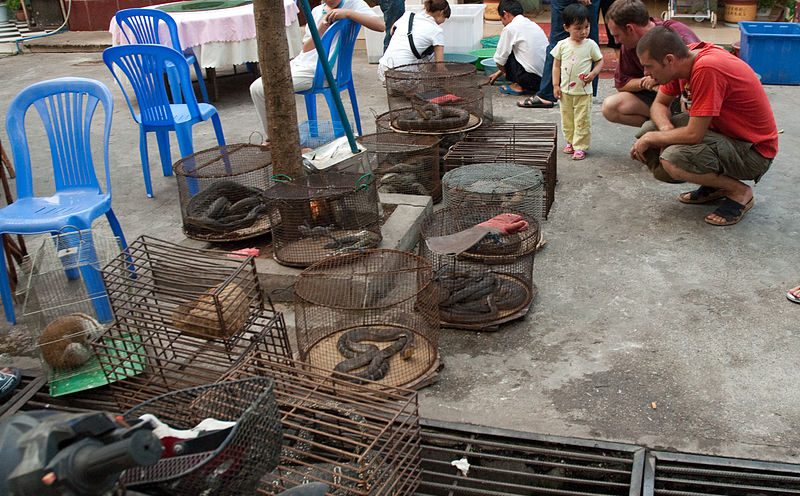More than a year since the very beginnings of Covid-19 journalism began to dominate the news cycle, zoonotic diseases continue to be a source of debate, conflict and misinformation worldwide. In response to the need for more information and journalism about this topic, Internews’ Earth Journalism Network (EJN) has launched a new online course for journalists looking to better understand the science behind zoonotic diseases, find available data on the subject and build skills in reporting on such an evolving topic.
EJN has developed many reporter resources over the years on specific environmental topics to help journalists build knowledge and skills, and the intersections between health and environment have always been a priority. This project builds on that history to provide an introductory online course that dives into both the technical aspects of zoonotic diseases and how to produce engaging stories about them.
The course, entitled “From Animals to Humans: How to Report on Zoonotic Diseases and Their Environmental Origins,” aims to strengthen understanding in zoonotic diseases, their environmental origins and the various efforts to prevent the spillover of pathogens from animals to humans.
- Participate in the course: “From Animals to Humans: How to report on zoonotic diseases and their environmental causes.”
The course is self-paced, allowing participants to move at their own speed, and consists of videos and texts, with content drawn from the series of webinars EJN has organized on the topic of zoonotic diseases (EJN just held our latest webinar on the topic yesterday). It has four main modules:
- Introduction to Epidemiology;
- Introduction to Zoonotic Diseases;
- Preventing, Monitoring and Reacting to Viruses with Pandemic Potential; and
- Wildlife and Zoonoses.
The course is designed at an introductory level, and the modules explore a wide array of issues. Journalists can hope to learn about the following topics and more:
- Basic public health and epidemiological concepts;
- The basics of zoonotic diseases, including definitions, medical science and history;
- Examples of zoonotic diseases and what causes them to emerge, re-emerge and spread;
- How the spread of zoonotic diseases is linked to population growth, climate change, wildlife trade and environmental degradation; and
- How to develop engaging story ideas relating to zoonotic diseases.
At the end of each module, there is a quick review and quiz to gauge understanding. When learners reach the end of the course, they will undergo a final assessment and be able to access a collection of story examples to use as references. Once completing the course and successfully passing the assessment, the learner will receive an electronic certificate.
To complement the course, we have also created a tutorial that provides tips on using available data sets to report on the environmental drivers of zoonotic diseases. We’ve also included a data recipe that provides a step-by-step guide on how to produce a data-intensive story that investigates deforestation, which is one of the major factors contributing to the spillover of viruses.
For journalists who would like to provide feedback to the course or interact with EJN staff and other learners on the topic of zoonotic diseases, a Slack channel has been created to build community and provide a venue for discussion. Participants can request to join at this link.
EJN is excited to be able to offer this new, specially-created course – the first of what we hope will be many on other topics related to environmental and climate coverage – and pleased to note it coincides with the launch of another online course later this week from the Internews Health team focused on COVID-19 vaccines.
